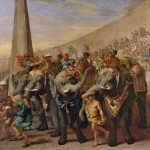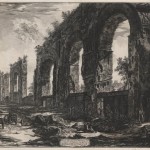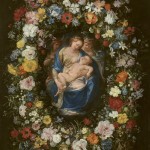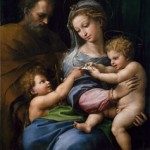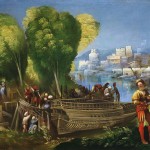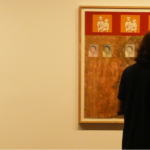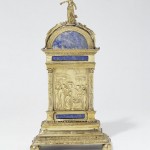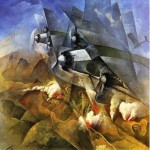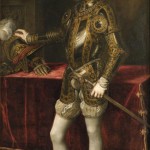
In association with the exhibition Italian Masterpieces from Spain’s Royal Court, Museo del Prado’ the NGV is presenting a series of lectures on Italian art and Spanish patronage, 1500-1800. The lectures will touch on topics including art and patronage, Renaissance painting, the art of the Italian Baroque, and more. The Saturday lectures will be followed by Monday night Discussion Groups that will take place in the exhibition space. The lectures will be presented by local art historians who are recognised international experts on the history of Italian art and Spanish patronage between 1500-1800 centuries. All lectures take place at 2pm. Saturday 17 May 2pm | Colour in the Renaissance: Raphael, Correggio and Titian | David Marshall, Principal Fellow, Art History, The University of Melbourne Saturday 24 May 2pm | The real and the ideal in Baroque painting: Annibale Carracci and Guido Reni | Dr…

